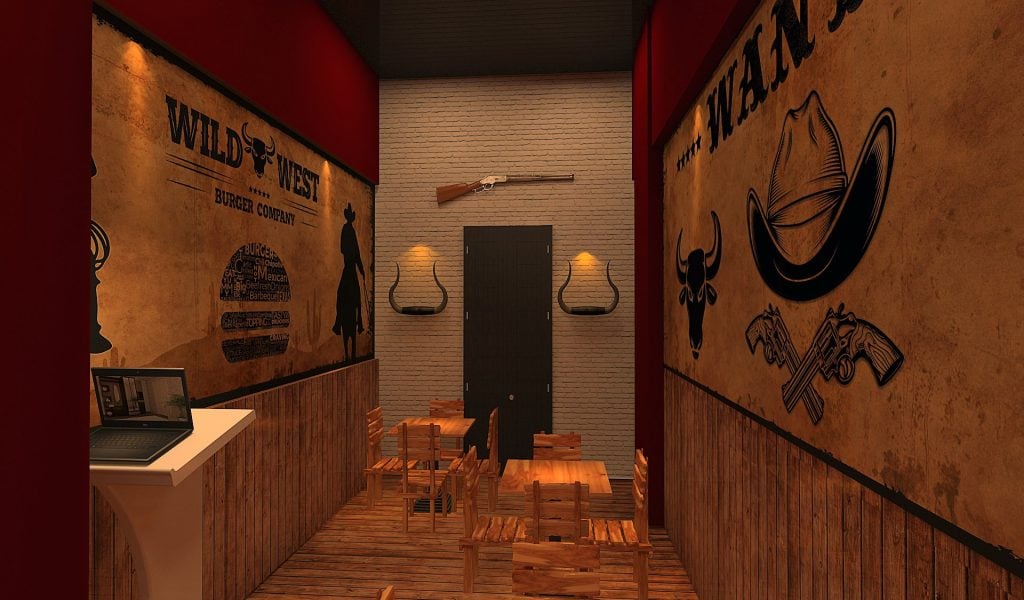Interior modelling has revolutionized the way we design and visualize spaces. Thanks to advanced 3D tools and software, homeowners and designers alike can now preview the look and feel of an interior before a single nail is hammered in. But with this power comes responsibility. One wrong decision in the modelling stage can lead to major delays, wasted resources, or unsatisfactory results. Whether you’re a seasoned professional or someone designing their first home, avoiding these common interior modelling mistakes can save you significant time, money, and frustration.
1. Skipping the Planning Phase
The most fatal interior modelling mistake is jumping in without a solid plan. Too often, people begin modelling without thoroughly understanding the space, function, and end goals. This leads to errors in layout, lighting, and furniture placement. Every successful model starts with a complete site analysis, a detailed client brief, and mood boards that define the style direction. Without this foundation, the 3D model becomes a shot in the dark.
2. Ignoring Accurate Measurements
Accuracy is everything in 3D interior modelling. Even a few centimetres off in measurements can result in unrealistic renders that fail in real-world execution. Common blunders include incorrect ceiling heights, window placements, or overlooking wall thickness. Make it a rule to double-check all architectural dimensions before beginning the modelling process. Also, import floor plans precisely and scale them correctly in your modelling software to ensure real-world fidelity.
3. Overlooking Lighting Design
Lighting can make or break the final output of your interior render. Many designers neglect the complexity of light, relying only on basic ambient lighting in the model. In reality, lighting involves a combination of natural daylight, task lighting, and accent lighting. Misrepresenting this in your model can drastically affect mood, perception, and functionality. Make sure to use accurate lighting layers, add shadows and reflections, and test both daytime and nighttime settings to ensure realism and practicality.
4. Poor Space Planning and Furniture Layout
Another frequent modelling mistake is overloading a space with furniture or poorly planning traffic flow. In an effort to showcase aesthetics, many models sacrifice functionality. Avoid placing oversized furniture in compact spaces or ignoring negative space that allows movement and airiness. The model should clearly demonstrate scale, proportion, and ergonomic flow. Using furniture blocks with real-world dimensions and sticking to the golden rule of ‘form follows function’ ensures better results.
5. Neglecting Realistic Materials and Textures
Unrealistic or mismatched textures are a giveaway of an amateur model. Interior modelling is not just about placing objects; it’s about capturing the atmosphere and texture of a space. Using high-resolution, real-world textures (like wood grains, marble veins, or fabric weaves) can make a dramatic difference. Additionally, adjusting the material properties such as gloss, reflectivity, and bump maps adds to the realism of your renders. Don’t settle for default materials; take the time to tweak and customize each surface.
6. Using Inconsistent Design Styles
Your interior model should speak a unified design language. Mixing modern elements with rustic finishes or combining too many colours and materials can create visual chaos. Clarity in style helps stakeholders understand the intended aesthetic and facilitates cohesive design decisions. Whether you’re working in minimalism, Scandinavian, industrial, or eclectic style, stick to your design narrative throughout the model. Include a materials palette and key mood images in your presentations to maintain consistency.
7. Forgetting Functional Elements Like Storage and Ventilation
Too often, interior models prioritize visual appeal at the expense of practicality. Features like storage solutions, door swing space, ventilation paths, and appliance placement must be integrated into the model. A beautiful render that doesn’t account for basic living needs isn’t just misleading—it’s unprofessional. This is where experience and attention to detail truly matter. Don’t let surface-level beauty overshadow fundamental needs.
8. Failing to Update Models Based on Feedback
Interior modelling is rarely perfect on the first attempt. Failing to incorporate client or team feedback is a critical mistake. Every revision should move closer to the client’s vision while solving emerging spatial or technical challenges. It’s important to have a clear feedback loop, version control, and open communication with stakeholders. This iterative process is what transforms a good design into a great one.
Why Partner with Professionals
Avoiding these mistakes is much easier when working with experts. The Shape Interiors is the best for Interior Design Consultancy & 3D Modelling services for both Residential & Commercial Spaces.
Founded in 2017 by Kazim Ratnani, The Shape Interiors has swiftly emerged as a trusted name in the world of interior design consultancy and 3D modelling. Our expertise lies in creating bespoke designs that not only meet but exceed our clients’ expectations. We pride ourselves on delivering 360 renders that offer a comprehensive visualization of the final design, ensuring that every detail aligns perfectly with our client’s vision.
Customer satisfaction is the cornerstone of our mission. We believe that a well-designed space should reflect the client’s needs, wants, and functionality. Our designs are not just about aesthetics; they are about creating environments that resonate with our clients’ lifestyles and aspirations. Our most significant achievement is our 100% client satisfaction feedback, reflecting the trust our clients place in us. We approach every project with the same level of dedication, ensuring that each design is unique, creative, and distinguished.
Choosing The Shape Interiors means choosing a partner dedicated to bringing your vision to life. Our unique blend of creativity and technical expertise allows us to deliver designs that are both beautiful and perfectly aligned with your practical needs.
Interior modelling is both an art and a science. While it offers incredible potential to pre-visualize spaces, it also demands discipline, accuracy, and thoughtful design thinking. By avoiding common pitfalls such as inaccurate measurements, poor lighting, unrealistic materials, and ignoring functionality, you can elevate your interior modelling game significantly. Whether you’re a DIY enthusiast or a seasoned architect, attention to detail will always set your work apart.
Ready to see your space come to life with precision and creativity? Contact The Shape Interiors today by clicking the WhatsApp icon at the bottom right of our website—and let’s bring your vision into stunning reality.




